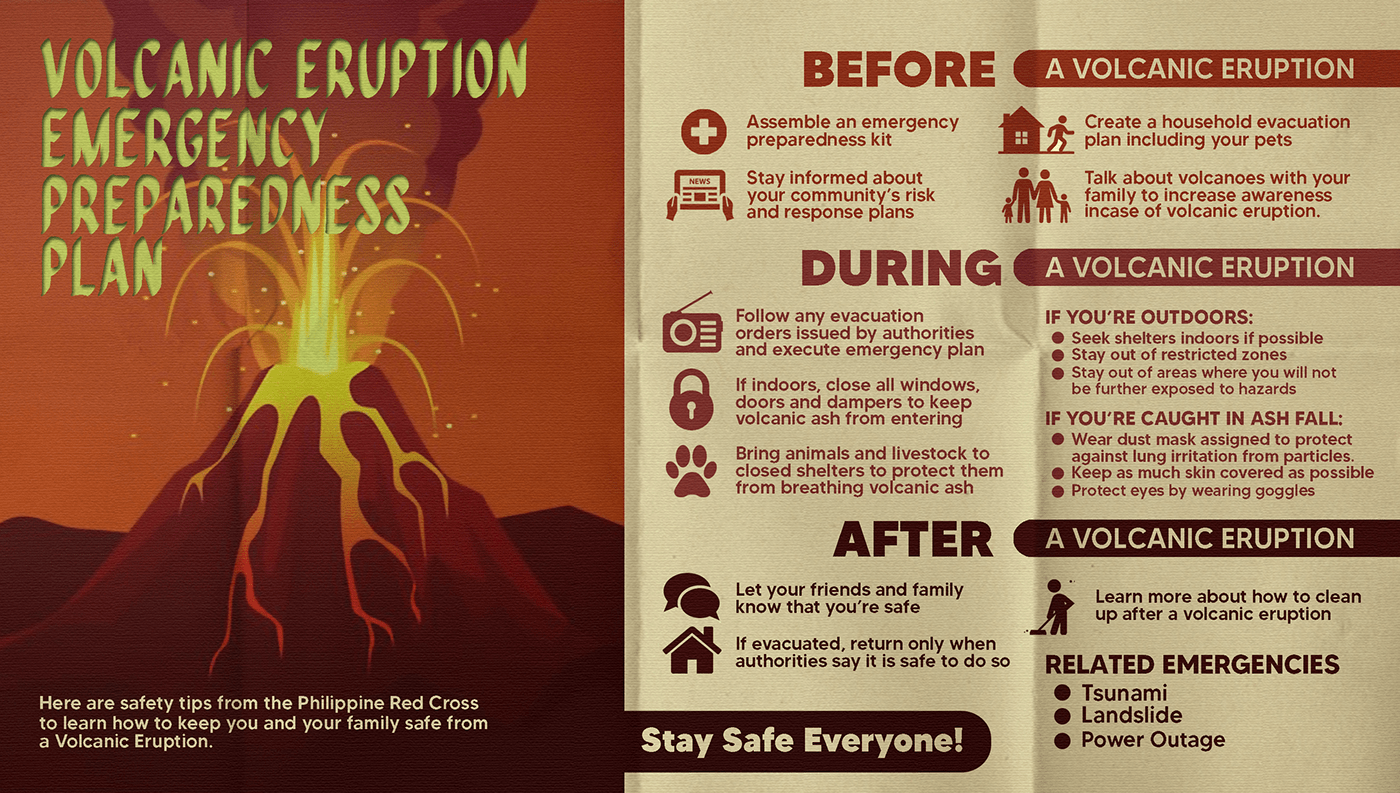Flood Warning Issued: Safety Measures & Emergency Preparedness

Table of Contents
Understanding Flood Warnings & Alerts
Knowing the difference between various flood alerts is crucial for effective preparedness. The National Weather Service (NWS) issues different levels of alerts to communicate the severity of the impending threat. Understanding these flood alerts allows for timely and appropriate action.
- Flood Watch: This indicates that conditions are favorable for flooding. Be prepared to take action if flooding is observed.
- Flood Warning: Flooding is occurring or is imminent. Take immediate action to protect yourself and your property.
- Flood Emergency: A life-threatening flood is happening. Take immediate action to save your life and follow instructions from emergency officials.
The NWS alerts, along with information from local authorities, are your primary sources of information during a potential flooding event. You can receive these weather alerts and emergency alerts through various channels, including:
- Weather apps on your smartphone (e.g., The Weather Channel, AccuWeather).
- Wireless Emergency Alerts (WEA) on your mobile phone.
- Local news broadcasts on television and radio.
- Your local government's website or social media pages.
Creating a Family Emergency Plan
A well-defined family emergency plan is essential for ensuring your family's safety during a flood. This evacuation plan should be a written document, readily accessible to all family members.
- Step-by-step guide: Outline procedures for different scenarios, including evacuation and sheltering in place.
- Evacuation routes: Identify multiple escape routes from your home and know alternative routes in case of road closures. Mark safe locations (e.g., friend's house, designated shelter).
- Meeting points: Establish designated meeting points inside and outside your home in case family members become separated.
- Out-of-area contact: Designate someone outside your immediate area as a contact person. They can act as a central point of communication for the family.
- Communication plan: Establish primary and secondary communication methods (text messages, social media, etc.) in case phone lines are down. Practice your plan regularly so everyone is familiar with the procedures. This communication plan is crucial for keeping everyone informed and safe. This disaster preparedness step is often overlooked but very vital.
Protecting Your Home Before a Flood
Taking preventative measures can significantly minimize flood damage to your home. Even if a flood warning isn't issued, consider these steps for general flood protection:
- Elevate valuable items and appliances. Move them to higher shelves or floors.
- Install flood barriers or sandbags around your home's perimeter if time allows.
- Protect electrical systems by disconnecting appliances and turning off power at the main breaker.
- Move important documents and valuables to a safe, elevated location (e.g., a waterproof container in an upper floor).
- Prepare your car for potential evacuation by filling the gas tank and having an emergency kit ready. This is crucial for your home protection.
Emergency Actions During a Flood
When a flood warning is issued or flooding occurs, immediate action is vital. Your flood safety depends on your ability to react quickly.
- Evacuate immediately: If instructed by authorities, evacuate your home without delay. This is the most important aspect of flood evacuation.
- Avoid floodwaters: Never drive or walk through floodwaters. They are often deeper and faster than they appear and may contain hidden dangers.
- Turn off utilities: If it's safe to do so, turn off electricity, gas, and water at the main shutoff points.
- Seek higher ground: If evacuation is impossible, seek higher ground within your home or find a safe location on higher ground nearby.
- Monitor weather: Continuously monitor weather reports and follow instructions from emergency officials. This is a key part of your emergency response.
Post-Flood Safety and Recovery
After the floodwaters recede, there are critical steps to take for your post-flood safety and flood recovery.
- Assess damage: Carefully assess the damage to your property and take photos for insurance purposes. This is vital for your flood damage assessment.
- Avoid contamination: Avoid contact with floodwaters as they may be contaminated with sewage and other hazardous materials.
- Structural damage: Use caution when entering your home as there may be hidden structural damage.
- Insurance claim: Contact your insurance company to report damages and initiate the claims process.
- Seek assistance: Contact local authorities or relief organizations for assistance with cleanup and recovery efforts. This is vital when seeking disaster relief.
Conclusion
Being prepared for a flood warning is crucial for protecting your life and property. Developing a comprehensive family emergency plan, taking preventative measures to protect your home, and knowing what actions to take during and after a flood are vital. Remember, prompt action is key. Don't wait for a Flood Warning; prepare today! Stay safe with your own flood preparedness plan. For more information and resources, visit the National Weather Service website at [insert link] and your local emergency management agency's website at [insert link].

Featured Posts
-
 Sse Responds To Slowing Growth With 3 Billion Spending Cut
May 25, 2025
Sse Responds To Slowing Growth With 3 Billion Spending Cut
May 25, 2025 -
 David Hockney A Bigger Picture Exploring The Artists Vision
May 25, 2025
David Hockney A Bigger Picture Exploring The Artists Vision
May 25, 2025 -
 Gauff Advances To Italian Open Final After Three Set Victory Over Zheng
May 25, 2025
Gauff Advances To Italian Open Final After Three Set Victory Over Zheng
May 25, 2025 -
 Controversy Surrounding Woody Allen Sean Penn Weighs In
May 25, 2025
Controversy Surrounding Woody Allen Sean Penn Weighs In
May 25, 2025 -
 Manny Garcias Lego Workshop At Veterans Memorial Elementary School Photo Gallery
May 25, 2025
Manny Garcias Lego Workshop At Veterans Memorial Elementary School Photo Gallery
May 25, 2025
